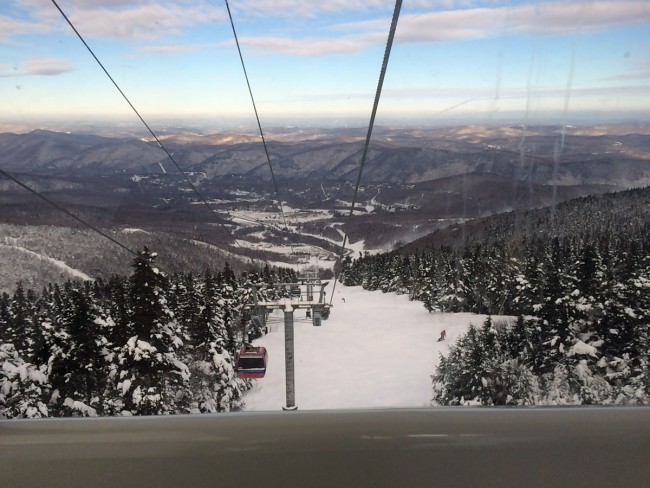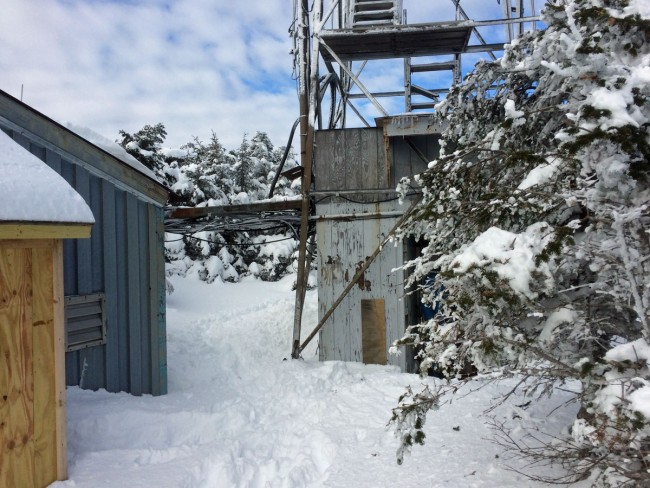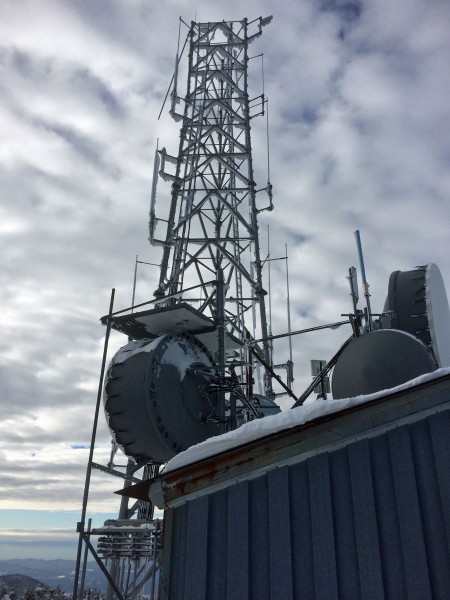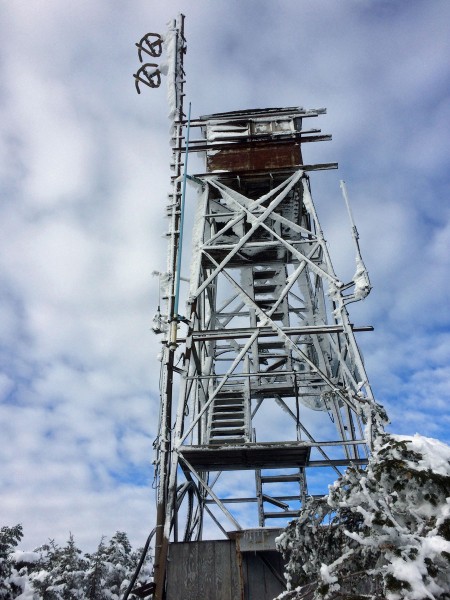One of the reasons for the recent lack of posts; I have been busy rehabilitating several transmitter sites for various broadcasting companies. These are mostly FM transmitter sites and vary in power from one kilowatt to twenty-six kilowatts ERP. I enjoy project work, but I have been driving hither and yon, racking up 27,000 miles on my new car since last August.

So, here is one transmitter site that I just finished; WFLY, Albany, New York. Removed Collins 831F2 transmitter which was functioning as a backup and installed new Broadcast Electronics FM20S. The Continental 816R2 is becoming a little bit long in the tooth for a main transmitter, being new in 1986. Thus, it was time to install a new unit, and I like the Broadcast Electronics solid state and tube designs. With the BE AM and FM solid-state units, their simplicity is their beauty. We service many BE transmitters, some are thirty years old and are still supported by the manufacturer.

The BE FM20S transmitter is actually two FM10S cabinets combined with one controller. Each cabinet requires a 100 amp three-phase mains connection. This station’s TPO is 11.5 KW, so there is plenty of headroom in case the owners ever want to install HD Radio or replace the three-bay antenna with a two-bay unit.
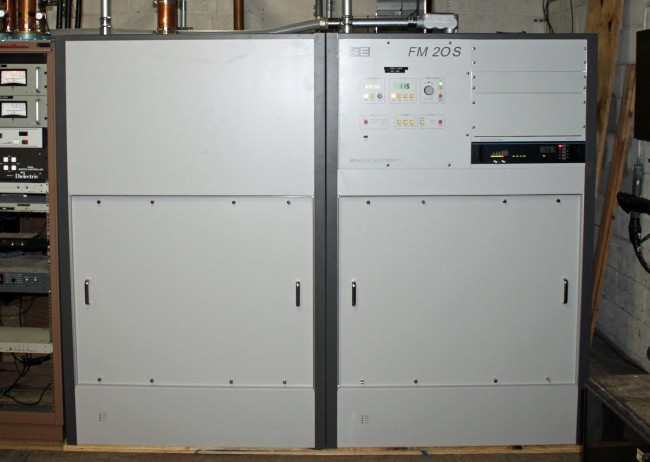
In transmitter cabinet two, above the exciter is room for HD equipment.

I also reworked the coax switches to provide an easier implementation of the backup transmitter. Basically, the main transmitter is on the main antenna, and the backup transmitter is on the backup antenna. We can move the second coax switch to test the backup into the dummy load. We can move the first coax switch to change antenna feeds.
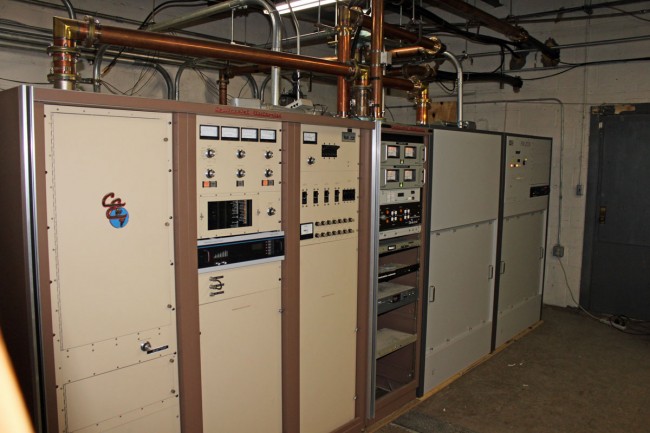
Pretty standard setup.

We moved the Collins 831F2 from Albany to here to replace another, dead Collins unit at WKXZ in Norwich, New York. This transmitter is forty years old but still runs reliably. Of course, doing this work in the dead of winter added a degree of difficulty to the job, as the roads to both the WFLY and the WKXZ transmitter sites needed work to make them passable for a moving truck. In the end, we used a skid steer with forks on it to get the transmitter up the final hill and into the small WKXZ transmitter building.
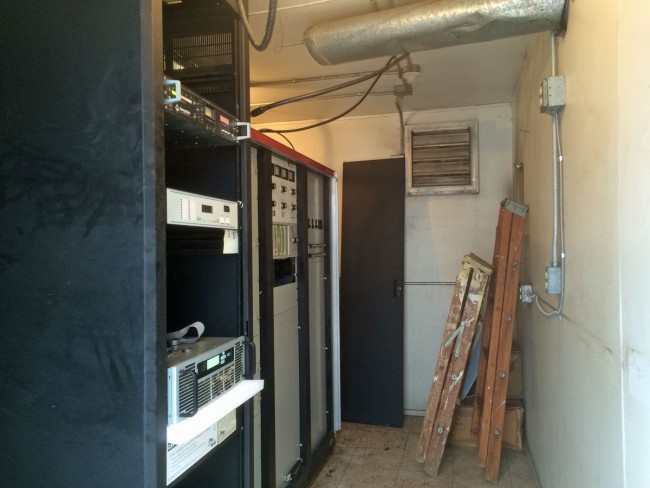

The WKXZ transmitter building interior is floor space challenged. It is located next to a former TELCO microwave site which has a guyed tower.

